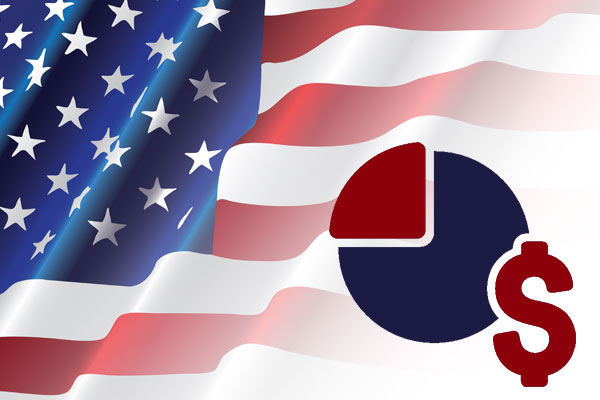

Retail’s Facts
Types of Businesses in the Retail Industry
Generally, any business that sells finished merchandise to an end user is considered to be part of the retail industry. Sales figures and economic data is sometimes reported separately for restaurants and automotive-related businesses, but by definition they are considered to be members of the retail industry as well. This is the 13 major types of retailing businesses, along with the percentage of total sales each generates annually in the U.S. retail industry, according to the most recent figures released by the U.S. Census Bureau:
• 20.0% - Motor vehicle & parts dealers
• 13.0% - Food & beverage stores
• 12.5% - General merchandise stores (hypermarkets, department stores, discount stores, warehouse clubs)
• 11.0% - Food services & drinking places
• 10.0% - Gasoline stations (and convenience stores)
• 9.2% - Non-store retailers (Internet shopping, catalog, direct sales, etc.)
• 6.0% - Building material & garden dealers (home improvement)
• 6.0% - Health & personal care stores (pharmacy/drug stores)
• 5.0% - Clothing & clothing accessories stores
• 2.3% - Miscellaneous store retailers (specialty retailers)
• 2.0% - Furniture stores
• 2.0% - Electronics & appliance stores
• 1.7% - Sporting goods, hobby, book & music stores**
Retail Impact in Florida
• 2,698,722 Jobs Supported by Retail
• 273,723 Retail Establishments
• $155.4 Billion in Total Gross Domestic Product (GDP) Impact*

-
Retail’s impact in USA
• Retail supports 1 in 4 American jobs
• 3,793,621 Retail Establishments
• 42 Million Jobs Supported
• $2.6 Trillion in Total Gross Domestic Product (GDP) Impact*
Retail Supported Jobs By Occupation in USA
It’s not just about the jobs directly in retail. The industry supports nearly 5 million logistics jobs; 4 million management and administration jobs; 2 million health care and service jobs; 2 million finance, insurance and real estate jobs; and 800,000 technology jobs.*



